Leadership in the Digital Age: Embracing Technological Disruption
In the relentless pursuit of progress, technological disruption has become an inescapable reality for businesses worldwide, including yours. Rather than viewing it as a threat, forward-thinking organizations should seize the opportunity to innovate and redefine their industries. This week, Telcion’s COO/CFO Michelle Padilla takes us through different important leadership topics and explores strategies for embracing technological disruption, supplemented with real-world examples that illustrate how businesses have successfully navigated the transformative wave.
Want to learn how to embrace technological disruption for your business? Just read on!
Understanding the Disruption Landscape
Strategy:
Gain a deep understanding of emerging technologies and their potential impact on your industry.
Part of understanding the disruption landscape means keeping up on the ins and outs of new technologies so you can understand how they will affect you, your business, and your industry. It’s impossible to keep track of everything, but staying up to date with important changes, such as the explosion of AI enabled technologies, will help you understand emerging technologies and how you can understand and leverage them.
Example - Tesla’s Electrifying Disruption:
Tesla disrupted the automotive industry by embracing electric vehicles, and now their cars are one of the most recognizable in the market. Through technological innovation, they not only challenged established automakers but reshaped the perception of electric cars, revolutionizing the entire automotive landscape.
Application
The new craze with AI is a great example of how understanding the disruption landscape is crucial for business today. AI in various forms has been around for many years, but with the explosion of AI enabled features in the market at large, AI is much more mainstream than it ever has been. Understanding how AI affects you and impacts your organization is crucial to doing business moving forward.
The Cultural Shift: From Resistance to Embrace
Strategy:
Foster a culture of innovation that encourages experimentation and welcomes change.
Embracing technological disruption requires you and your employes to be able to adapt to those changes, and that requires flexibility and innovation. Fostering a culture where people feel free to take risks and try new things is what distinguishes high performing companies from everyone else.
Example - Google’s Innovation Ecosystem:
Google’s 20%-time policy allows employees to spend a fifth of their work hours on projects outside their regular responsibilities. This culture of innovation has led to the development of products like Gmail and Google News, showcasing the power of fostering a culture that embraces disruptive ideas.
Application
One of the ways you can support innovation in your organization is by ensuring that your employees have the ability and freedom to take time off to rest. Many companies have adopted an unlimited PTO policy that has been successful in achieving this goal. Tired, overstretched employees are far less able to experiment and push for innovation, so providing sufficient PTO gives your people the rest and rejuvenation they need to perform well.
Agility as the Cornerstone
Strategy:
Implement agile methodologies to respond swiftly to change in the technological landscape.
Being willing to respond to technological disruption doesn’t matter if you can’t pivot fast enough. Implementing agile methodologies enables you to respond quickly to shifts in the technological landscape so that you don’t fall behind with the ever-increasing pace of development.
Example - Spotify’s Agile Transformation:
Spotify adopted agile practices to enhance flexibility and responsiveness. This approach allowed them to continuously adapt their platform, introducing new features and improvements rapidly in response to user feedback and market trends.
Application
Adopt agile methodologies and flexible project management approaches to quickly respond to changes and implement new technologies. One suggestion would be to implement a DevOps practice to enhance collaboration and streamline processes. An agile approach to project management allows you to make changes quickly and react appropriately to ever shifting circumstances.
Strategic Digital Transformation
Strategy:
Strategically transform operations to integrate digital technologies across the organization.
Embracing digital transformation isn’t limited to your IT department. All areas of your organization are being impacted by the shifts in the technology landscape, from operations to HR. It’s the responsibility of leadership and each department to understand how technology is affecting the business as a whole and pivoting to include various technologies accordingly.
Example - Amazon’s End-to-End Digital Transformation:
Amazon’s evolution from an online bookstore to a global e-commerce giant is a testament to strategic digital transformation. Their integration of technologies like cloud computers, artificial intelligence, and robotics has revolutionized the retail industry.
Application:
One of the major ways Telcion is seeing our clients transform their business for the better with technology is by embracing cloud computing to enhance scalability, flexibility, and efficiency. Exploring and leveraging different cloud services, such as Infrastructure as a Service (IaaS), Platform as a Service (PaaS), and Software as a Service (SaaS) is a step more and more organizations are taking, and we are seeing significantly positive results in the industries our clients span.
Additionally, staying proactive in cybersecurity by adopting the latest technologies and practices to protect against evolving threats helps you to stay on top of digital disruption and the increasing complexity that it brings. Cyber-attacks are increasing daily, and bad actors are trying new and creative ways to get into your systems. Implement emerging technologies to drive innovation and protect your business--you do not want to be one of those companies that thinks “it won’t happen to us on my watch”.
Empowering the Workforce
Strategy:
Invest in upskilling reskilling programs to empower employees to leverage new technologies.
An agile company requires agile employees, so it’s crucial to empower your workforce with the skills, knowledge, and tools they need to use and understand new technology. Ongoing training, professional development, and industry updates will keep you and your employees up to speed on what is happening in the market so you can stay in the loop and continue innovating.
Example - IBM’s SkillsBuild Platform:
IBM’s SkillsBuild platform provides training and resources to empower individuals with in-demand digital skills. By investing in their workforce, IBM ensures that employees are equipped to navigate the digital landscape.
Application:
Encourage and support ongoing training for IT teams to keep up with the latest technologies and trends. I know it can be challenging to have staff in training, but it will be well worth the time and effort. If you foster a culture of continuous learning, it will help ensure that the team is well-equipped to adapt to new disruptions.
Innovative Collaboration and Ecosystem Partnerships
Strategy:
Engage in collaborative innovation to stay at the forefront of technological advancements.
Partnerships are more important than ever in the continually changing digital landscape, and fostering collaborative relationships with other organizations in your space is one of the ways you can stay agile within digital disruption.
Example - Apple and IBM’s Enterprise Partnership:
Apple and IBM collaborated to create enterprise apps for iOS devices, combining Apple’s design expertise with IBM’s deep understanding of enterprise needs. This partnership demonstrates the power of collaboration in delivering innovative solutions to businesses.
Application:
Collaborate with external partners, startups, and industry experts to stay informed about emerging technologies. Embrace open-source solutions and actively contribute to relevant communities.
Build strategic partnerships with technology vendors to access new technologies and expertise. Collaborate with external entities to co-create innovative solutions and stay ahead in the rapidly changing technology landscape.
Ethical Considerations in Disruptive Technologies
Strategy:
Prioritize ethical considerations to build trust with customers and stakeholders.
Example – Microsoft’s Responsible AI Practices:
Microsoft has established principles for the responsible development and use of artificial intelligence. By focusing on transparency, fairness, and accountability, Microsoft aims to address ethical concerns associated with disruptive technologies.
Application:
Some verticals have special considerations when it comes to the ethical use of technology, such as healthcare and the associated HIPAA regulations, but all organizations should be considering the ethical implications of their use of technology. One of the ways you can do this is by observing ethical regulations and data privacy guidelines observed by other organizations; you could even consider establishing a technology ethics code for your own organization that guides how you adopt and use new technology. Maintaining trust with your customers and stakeholders is of utmost importance, so make sure to be cognizant of how you are navigating your technology usage.
Embracing technological disruption requires a multifaceted approach, encompassing cultural transformation, strategic initiatives, and ethical considerations. The examples provided showcase that, by adopting these strategies, businesses can not only weather the storm of technological disruption but emerge as pioneers, driving innovation and shaping the future of their industries. In this age of rapid change, the key to success lies in viewing disruption not as a hindrance but as a catalyst for growth and advancement.
This post was contributed by Michelle Padilla, our COO/CFO. Michelle has a Master of Science in Management and Leadership and is passionate about creating an encouraging company culture with highly motivated and positive people.


